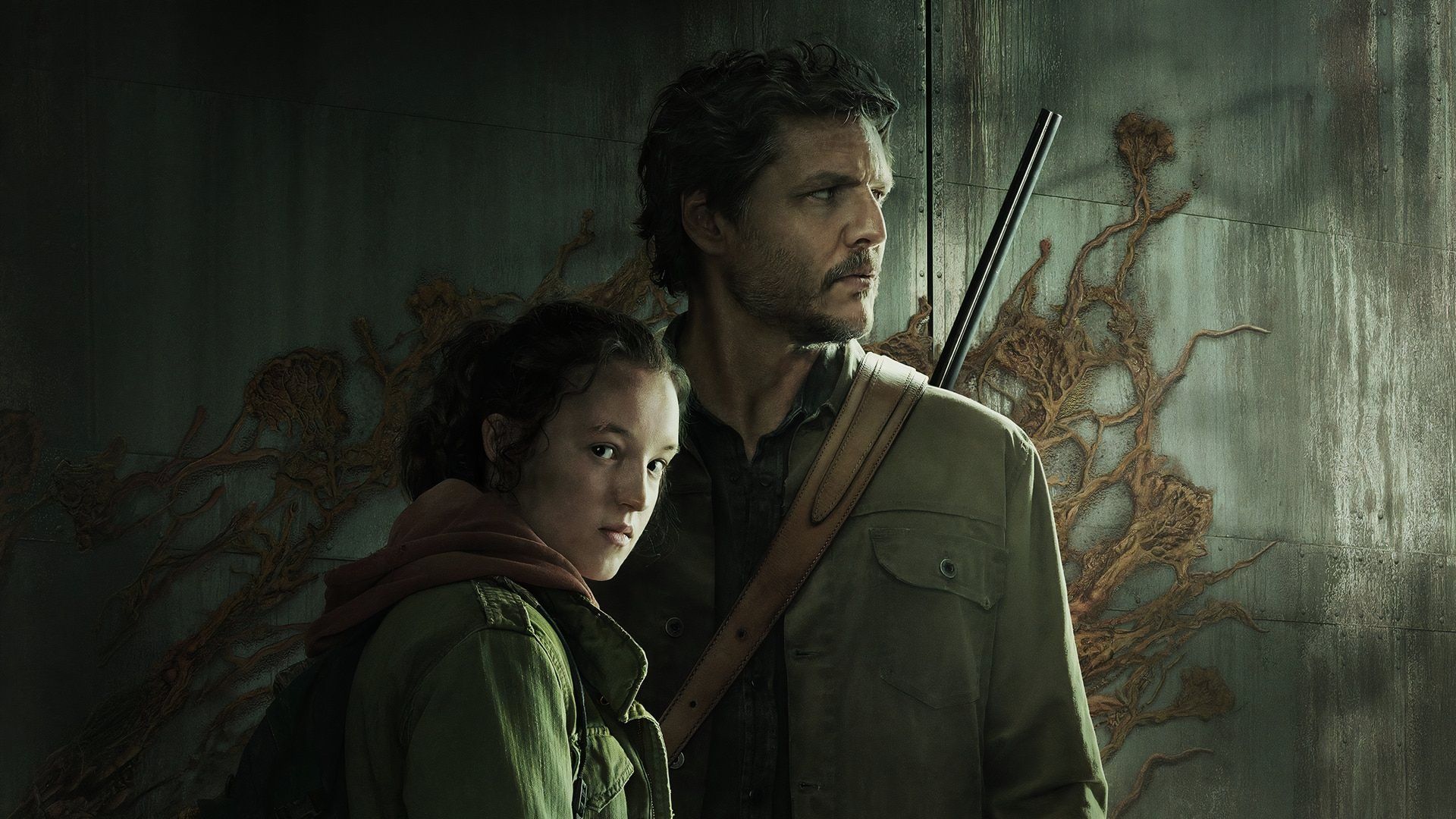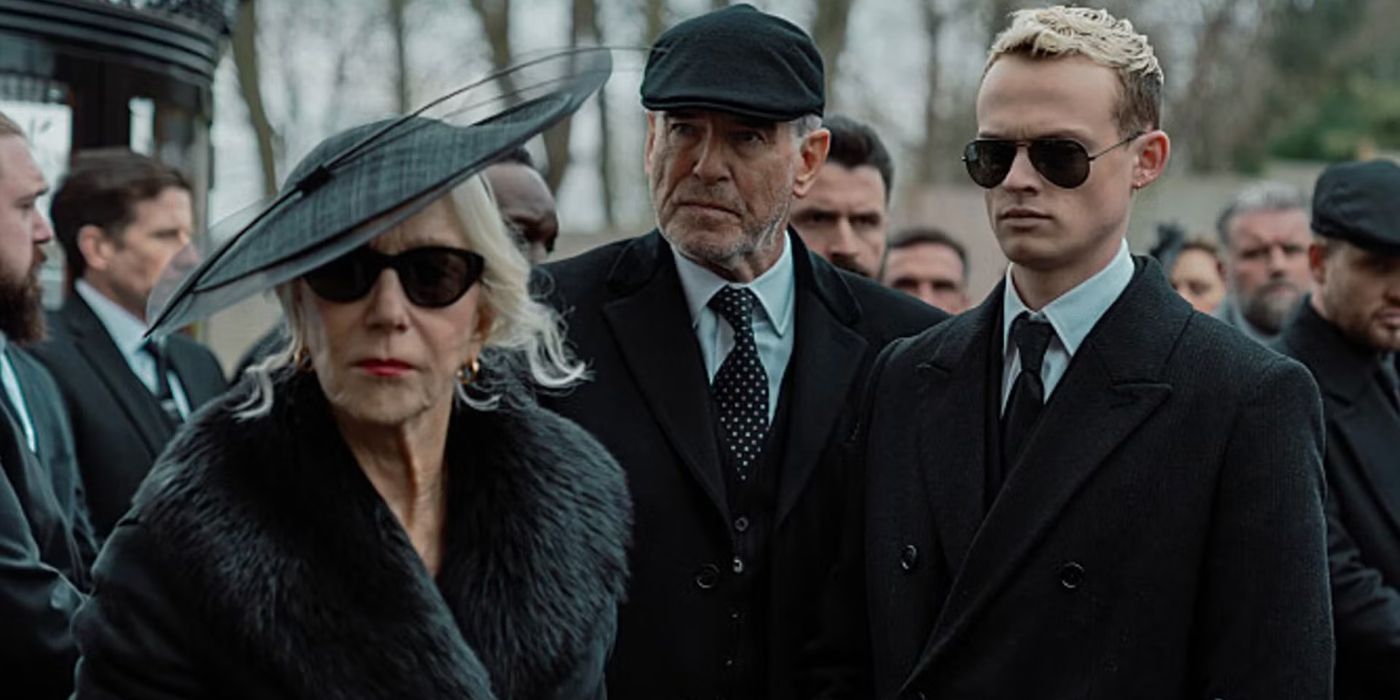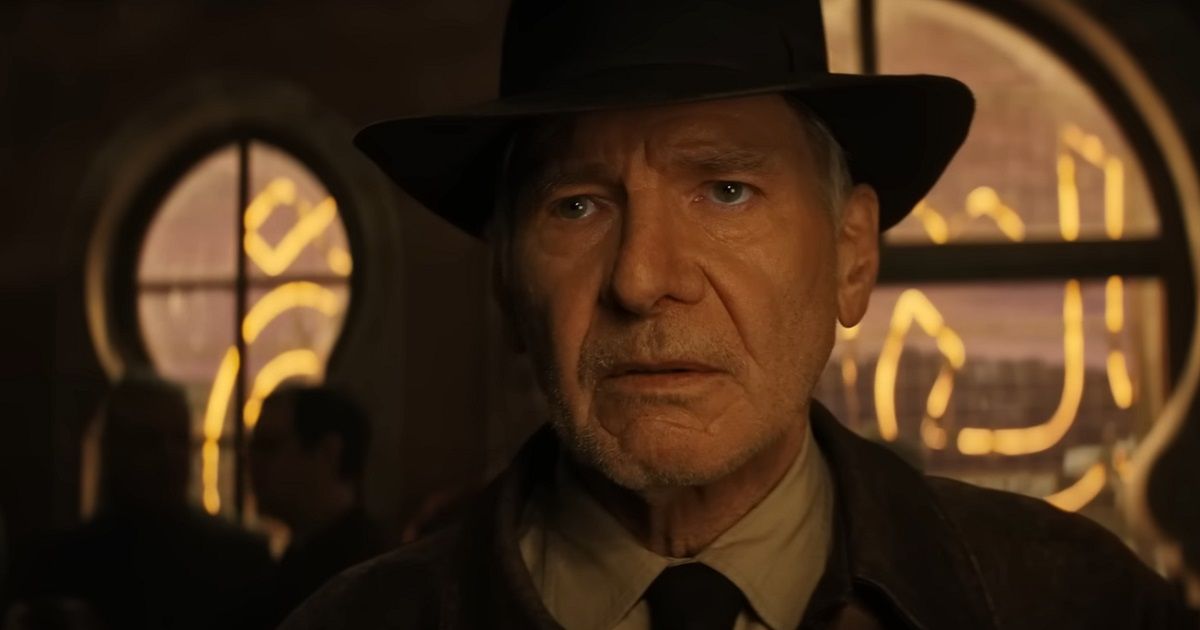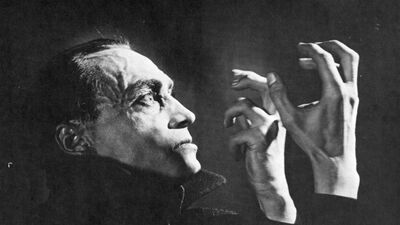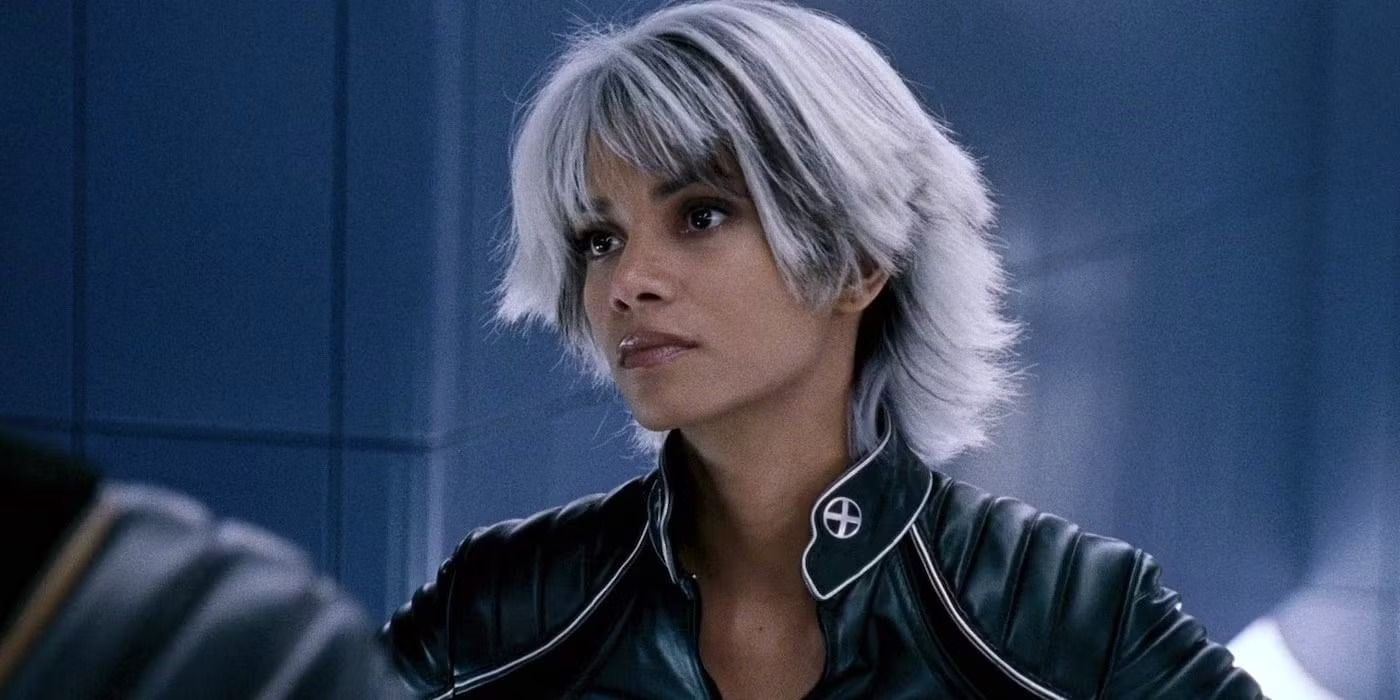That was a budgetary thing. [smiles] That cracks me up. The movie’s like 1.9 million, it started being totally self-financed. My brother and I run the small company that made the film, and he said to me “Dude, are you sure people aren’t gonna want more with the guns and stuff …” And I said “Yeah, I don’t think we can afford it,” but I also love when films do that and you just kind of expect the audience to catch up.
I think it plays beautifully, but maybe that’s just my perversity as a viewer. But it winds up keeping the film on a very intimate scale. It pays rich dividends, you get the sense of scale without losing your heroes in a larger canvas.
Everything was meant to be hyper-intimate. You kind of live with Carly, you see everything through her eyes. If there was more money, it would be spent on the stuff with her in the third act.
I understand a little about the way you created the world of the coma, but could you talk a little about creating that? What did you want it to feel like for the audience? That’s where all the emotional work gets done in the movie.
I loved the idea of over the course of the movie the relationship to her mom changing and morphing into a place where there’s a sense of forgiveness and some kind of resolution. I knew that if you were to map what happens in the simulation that it would start at extreme arm’s length, and very defensive, and end in a place of catharsis. I also knew that I wanted it to feel as realistic as possible; if a tech company was to actually build something, a real-time video game engine-based way to get people’s conscious out of their body and virtually stretch their legs. Coma patients or anyone who’d lost control of their body.
So when you combine the realism, trying to paint a realistic, Silicon Valley approach and the requirement of that emotional arc between Carly and her mom, you end up in the place where we ended up. You start with her childhood home, you introduce the sanitarium, and then this third final one, this constructed illusion, this dream of a place that could have been, which has decayed. The only real creative part of it that we played with was the lighting, just to make sure that the lighting was both in keeping with where the emotions should be, the feeling of the film, and in keeping with a slight undercurrent of dread and horror. I was often pitting sunlight against that feeling, whether in real life or in the simulation.
You can view the original article HERE.




